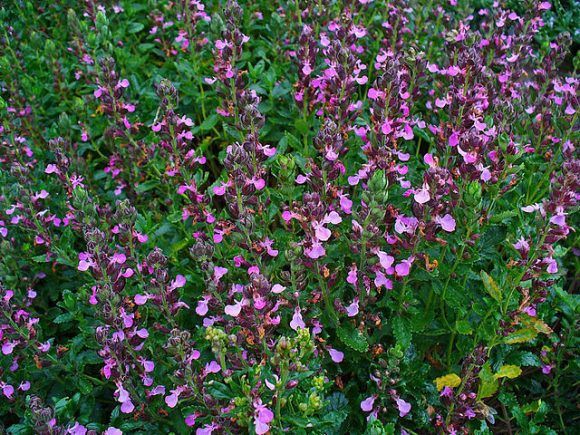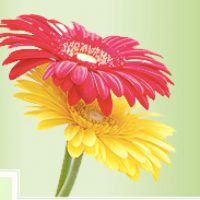All posts tagged teucrium chamaedrys
Wall Germander, An Ancient Gout Treatment
Teucrium chamaedrys, commonly known as wall germander, or germander, is an evergreen, perennial flowering plant native to the Mediterranean region of North Africa, Middle East, and Europe. This aromatic plant is a close relative of wood sage and a member of the mint family belonging to the teucrium genus. Germander was brought to North America by colonialists and spread to other regions of the world due to its medicinal properties. Continue reading [...]

